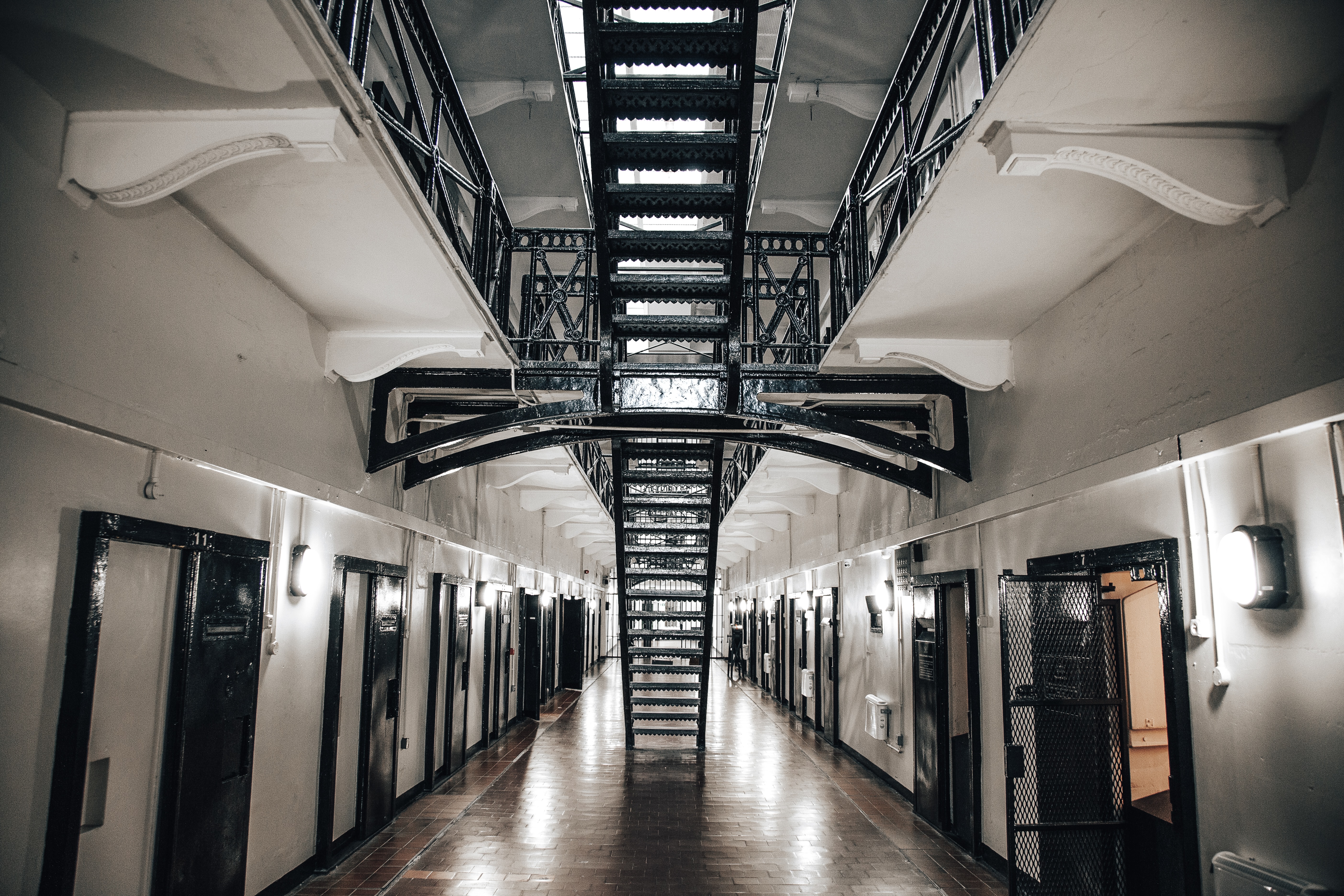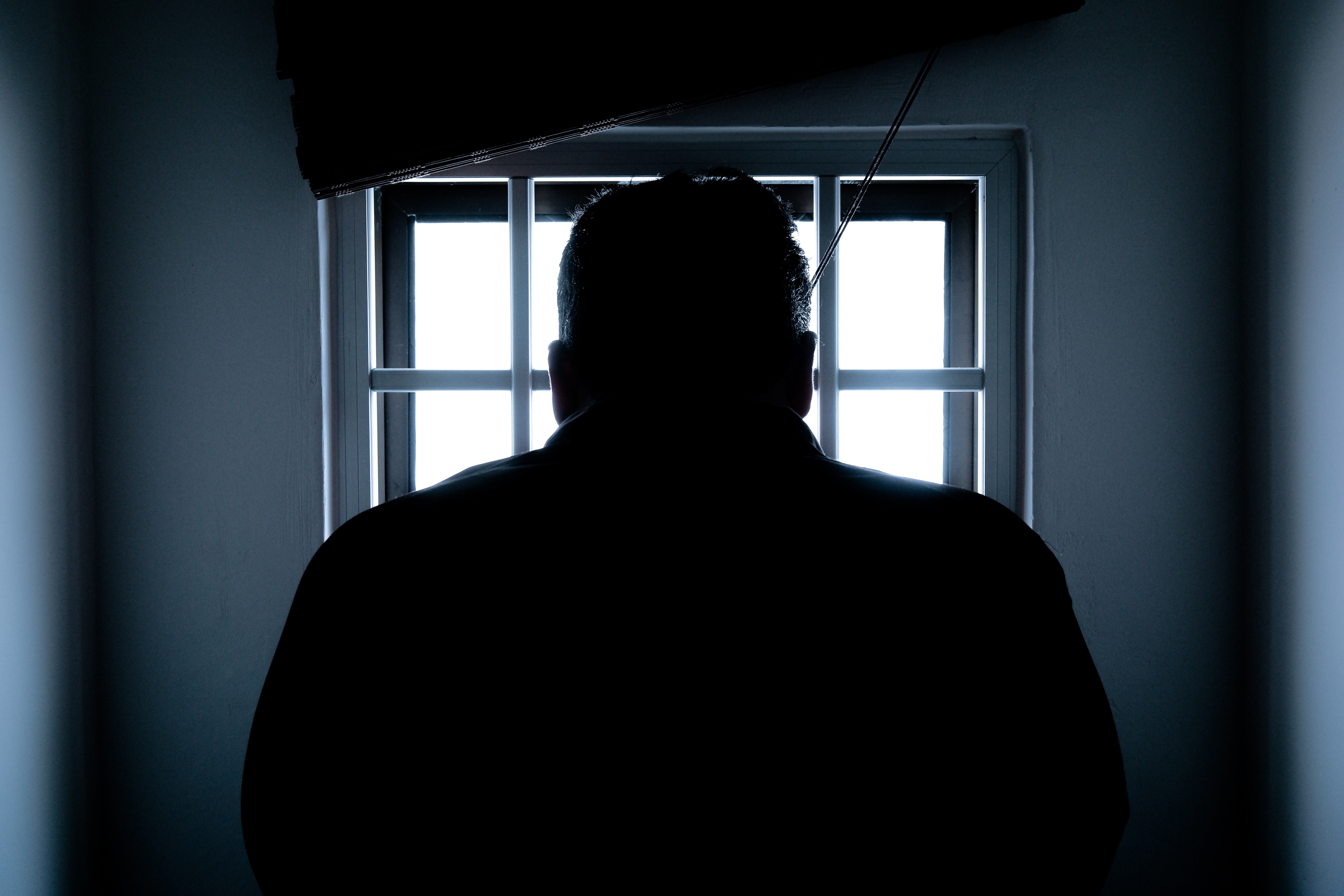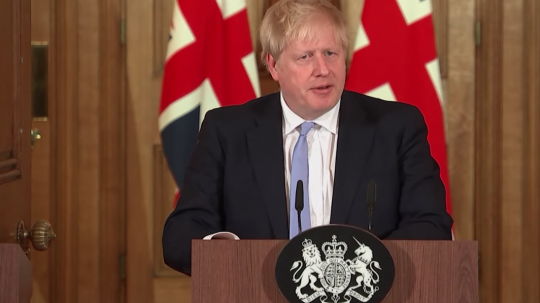Barrister Tim Kiely examines the unexpected changes taking place within the criminal justice system amid the Covid-19 outbreak.
On Sunday (22 March), an 84-year-old man with underlying health conditions became the first serving prisoner in England to die after contracting coronavirus.
The inmate of HMP Littlehey – a category C prison in Cambridgeshire which holds only sex offenders – was one of 19 across ten jails to test positive for the virus as of 25 March. Four prison staff across four jails and three prisoner escort staff have also been infected.
To someone who, as little as a week ago, was sat in a Crown Court hearing a defendant coughing relentlessly from their seat in the secure dock while barristers and court staff cast nervous glances at one another, this does not come as much of a surprise. It also gives me grave concerns about what might follow without swift action.
Since the potential for Covid-19 to spread within the criminal justice system has brought to public attention, measures have been put in place to pause jury trials and conduct as much non-critical courtroom business as possible via remote links.

In some ways the pandemic has brought to a head tensions that have simmered for years in arguments between the courts and the government.
For some time now, sentencing judges have been caught between the pressure to deliver longer and harsher sentences for those convicted of criminal offences and the contrary incentive to release such prisoners as early as possible from a system that is struggling to cope with them.
The exponential growth rate of new Covid-19 infections is especially worrying in the context of the prison estate, where vulnerable people have greater difficulties than ordinary citizens in accessing the healthcare and other services they might need to survive.
The prison service has said that it is well equipped to deal with individuals who are suspected of carrying Covid-19 and has the necessary provision to isolate individuals if required to do so. The unique problem posed by Covid-19, however, is that many people may be carrying it unknowingly, without manifesting symptoms, and spreading it through contact to others who will be more vulnerable.
This can be mitigated and contained under normal circumstances through so-called “social distancing” measures. But all of this inescapably becomes more difficult in a prison environment.
The World Health Organisation issued a warning this week that prisons around the world could expect to see mortality rates increase dramatically. The newly published guidance warns that “people deprived of their liberty, and those living or working in enclosed environments in their close proximity, are likely to be more vulnerable to the Covid-19 disease than the general population. Moreover, correctional facilities may amplify and enhance Covid-19 transmission beyond their walls”.

Prisoners are among the most at risk of coronavirus (credit: Tom Blackout / Unsplash)
Isolating inmates in their cells for all or most of the day might be thought of as an easy solution, and an acceptable departure, in the circumstances, from normal procedures, but this does not eliminate the problem.
Two prisoners sharing the same cell would still put one another at risk, and this is more likely to be the case in a system where overcrowding means that having every inmate confined to a single cell simply isn’t an option.
The head of the Prison Governor’s Association, Andrea Albutt, appears to have been mindful of precisely this issue when she told the Guardian this week that in, for example, HMP Swansea, 80 percent of inmates were sharing cells, including those originally designed and built for only one occupant.
Her idea for what now needs to happen is frankly expressed:
“To reduce our population is always a good thing: it helps to stabilise prisons, it helps to calm prisons, it means that staff have got the greatest staff to prisoner ratio. If we have less prisoners doubled [up in cells], it will be easier to isolate those who’ve been confirmed as having the virus or have the symptoms, so we can delay the spread.”
This chimes with recommendations made to the government this week by the Howard League for Penal Reform who, among other things, suggested that an amnesty for all prisoners serving sentences of less than one year, or of those coming to the end of a longer sentence, could be considered as a means to ease the burden on the system.

The government was recommended to consider early or temporary release of some prisoners (Credit: Flickr)
Such proposals are likely to be met with some apprehension by a government which recently won an election on the promise of, among other things, expanding the prison estate, reviewing parole hearings and introducing longer custodial sentences for a range of offences.
But it may find that such “tough on crime” affectations will struggle to survive the reality of life in a post-coronavirus world, where extraordinary changes are taking place in some of the least likely circumstances.
Last week, the British national Nazanin Zaghari-Ratcliffe was one of 85,000 prisoners temporarily released from custody in Iran, amid fears that Iran’s overcrowded prison system placed her and others at risk from the spread of Covid-19. A further 10,000 prisoners are due to be officially pardoned.
It is difficult to argue that prisons in the UK, blighted as they have been for years with overcrowding and faced with stretched resources and personnel, should not do something similar, at least with those prisoners who pose the least risk to the public.
Barristers are already grappling with the practicalities of this as trials are pushed back, custody time limits begin to run out and applications are made for bail. Alongside the usual courtroom arguments, the risk posed to those in custody by Covid-19 is likely to feature as a powerful consideration for some time to come.
The views expressed in this article are those of the authors and do not necessarily reflect the views of EachOther.





